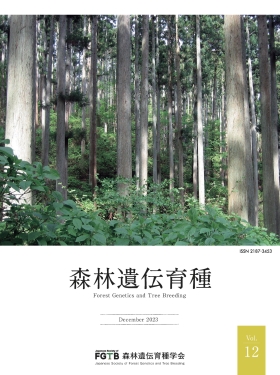Volume 12, Issue 3
Displaying 1-7 of 7 articles from this issue
- |<
- <
- 1
- >
- >|
-
2023Volume 12Issue 3 Pages 85-94
Published: July 25, 2023
Released on J-STAGE: July 25, 2023
Download PDF (1248K)
-
2023Volume 12Issue 3 Pages 95-98
Published: July 25, 2023
Released on J-STAGE: July 25, 2023
Download PDF (1138K) -
2023Volume 12Issue 3 Pages 99-103
Published: July 25, 2023
Released on J-STAGE: July 25, 2023
Download PDF (1805K)
-
2023Volume 12Issue 3 Pages 104-107
Published: July 25, 2023
Released on J-STAGE: July 25, 2023
Download PDF (1812K) -
2023Volume 12Issue 3 Pages 108-110
Published: July 25, 2023
Released on J-STAGE: July 25, 2023
Download PDF (1914K) -
2023Volume 12Issue 3 Pages 111-114
Published: July 25, 2023
Released on J-STAGE: July 25, 2023
Download PDF (1030K)
-
2023Volume 12Issue 3 Pages 115-120
Published: July 25, 2023
Released on J-STAGE: July 25, 2023
Download PDF (893K)
- |<
- <
- 1
- >
- >|
